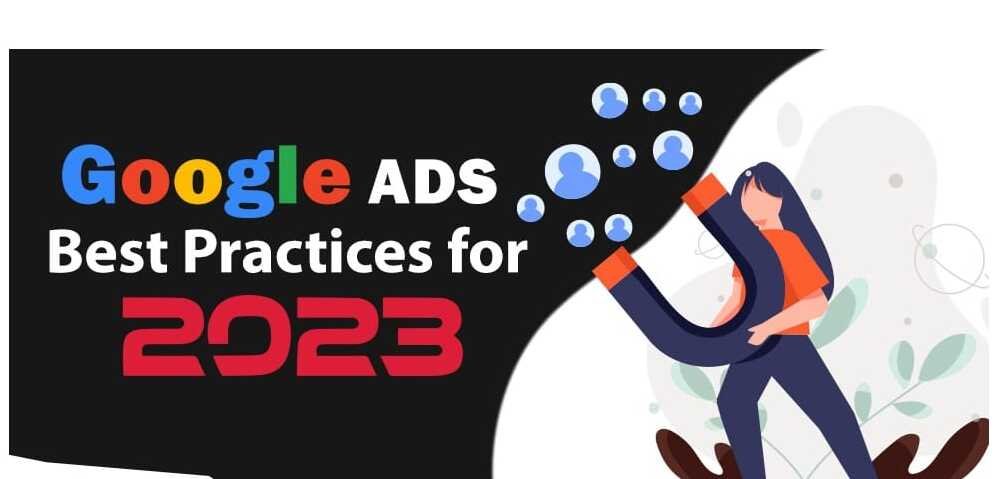Creating content that appeals to both search engines and your target audience is crucial for the success of any online business. Striking the right balance can lead to higher search engine rankings, increased traffic, and better engagement with your customers. In this blog, we’ll explore key strategies to ensure that both Google and your customers love your material.
Understanding Your Audience
Before creating any content, it’s essential to understand who your audience is and what they are looking for.
- Audience Research: Use tools like Google Analytics, social media insights, and customer surveys to gather data about your audience’s demographics, interests, and behaviour.
- Buyer Personas: Create detailed buyer personas that represent your ideal customers. This helps in tailoring your content to meet their needs and preferences.
- Customer Feedback: Regularly collect and analyse feedback from your customers to understand their pain points and interests.
Conducting Keyword Research
Effective keyword research is the foundation of SEO-friendly content.
- Identify Keywords: Use tools like Google Keyword Planner, Ahrefs, or SEMrush to identify relevant keywords and phrases that your target audience is searching for.
- Long-Tail Keywords: Focus on long-tail keywords, which are more specific and less competitive. They can help attract more qualified traffic.
- Search Intent: Understand the intent behind the keywords. Are users looking for information, seeking to make a purchase, or comparing products? Tailor your content to match this intent.
Crafting High-Quality Content
Content quality is paramount for both SEO and customer satisfaction.
- Engaging Headlines: Create compelling headlines that grab attention and accurately reflect the content. Use power words and numbers to make your headlines more attractive.
- Informative and Valuable: Ensure your content provides real value to the reader. Answer their questions, solve their problems, and offer actionable insights.
- Originality: Avoid duplicate content. Ensure your material is unique and offers a fresh perspective on the topic.
- Readability: Write in a clear, concise, and conversational tone. Use short paragraphs, bullet points, and subheadings to make your content easy to read.
Optimising for SEO
Optimising your content for search engines is crucial for improving your rankings and visibility.
- On-Page SEO: Include your target keywords naturally within the content, especially in the title, headings, and first paragraph. Avoid keyword stuffing.
- Meta Descriptions: Write compelling meta descriptions that summarise your content and include your primary keyword. This helps improve click-through rates from search results.
- Internal and External Links: Use internal links to connect your content with other relevant pages on your site. Include external links to high-authority sources to build credibility.
- Mobile-Friendly: Ensure your website is mobile-friendly. Google prioritises mobile-first indexing, and a significant portion of users access content via mobile devices.
- Page Speed: Optimise your page load times. Faster pages provide a better user experience and are favoured by search engines.
Visual and Multimedia Content
Incorporating visuals and multimedia can significantly enhance the appeal of your content.
- Images and Infographics: Use high-quality images, infographics, and charts to make your content more engaging and easier to understand. Optimise images by compressing them and using descriptive file names and alt text.
- Videos: Integrate videos to provide a richer user experience. Videos can explain complex topics, demonstrate products, or offer tutorials.
- Interactive Elements: Include interactive elements like quizzes, polls, and calculators to engage your audience and encourage them to spend more time on your site.
Promoting Your Content
Creating great content is only half the battle; you also need to promote it effectively.
- Social Media: Share your content across various social media platforms. Tailor your posts to fit the style and audience of each platform.
- Email Marketing: Use email newsletters to distribute your content to your subscribers. Personalise your emails to increase open and click-through rates.
- Influencer Partnerships: Collaborate with influencers and industry experts to reach a broader audience and build credibility.
- Guest Blogging: Write guest posts for reputable blogs in your industry to gain exposure and backlinks to your site.
Monitoring and Analysing Performance
Regularly monitor and analyse the performance of your content to understand what works and what doesn’t.
- Analytics Tools: Use tools like Google Analytics, Google Search Console, and social media analytics to track metrics such as traffic, engagement, and conversions.
- User Behaviour: Analyse user behaviour on your site, including bounce rates, time on page, and click-through rates. This helps identify areas for improvement.
- Continuous Improvement: Based on your analysis, make data-driven adjustments to your content strategy. Update and repurpose old content to keep it relevant and valuable.
Conclusion
Creating material that both Google and your customers will love requires a strategic approach that combines audience understanding, keyword research, high-quality content, SEO optimisation, engaging visuals, effective promotion, and continuous monitoring. By following these strategies, you can enhance your online presence, attract more traffic, and build stronger relationships with your customers. Remember, the key is to provide genuine value and a seamless experience that keeps your audience coming back for more.



